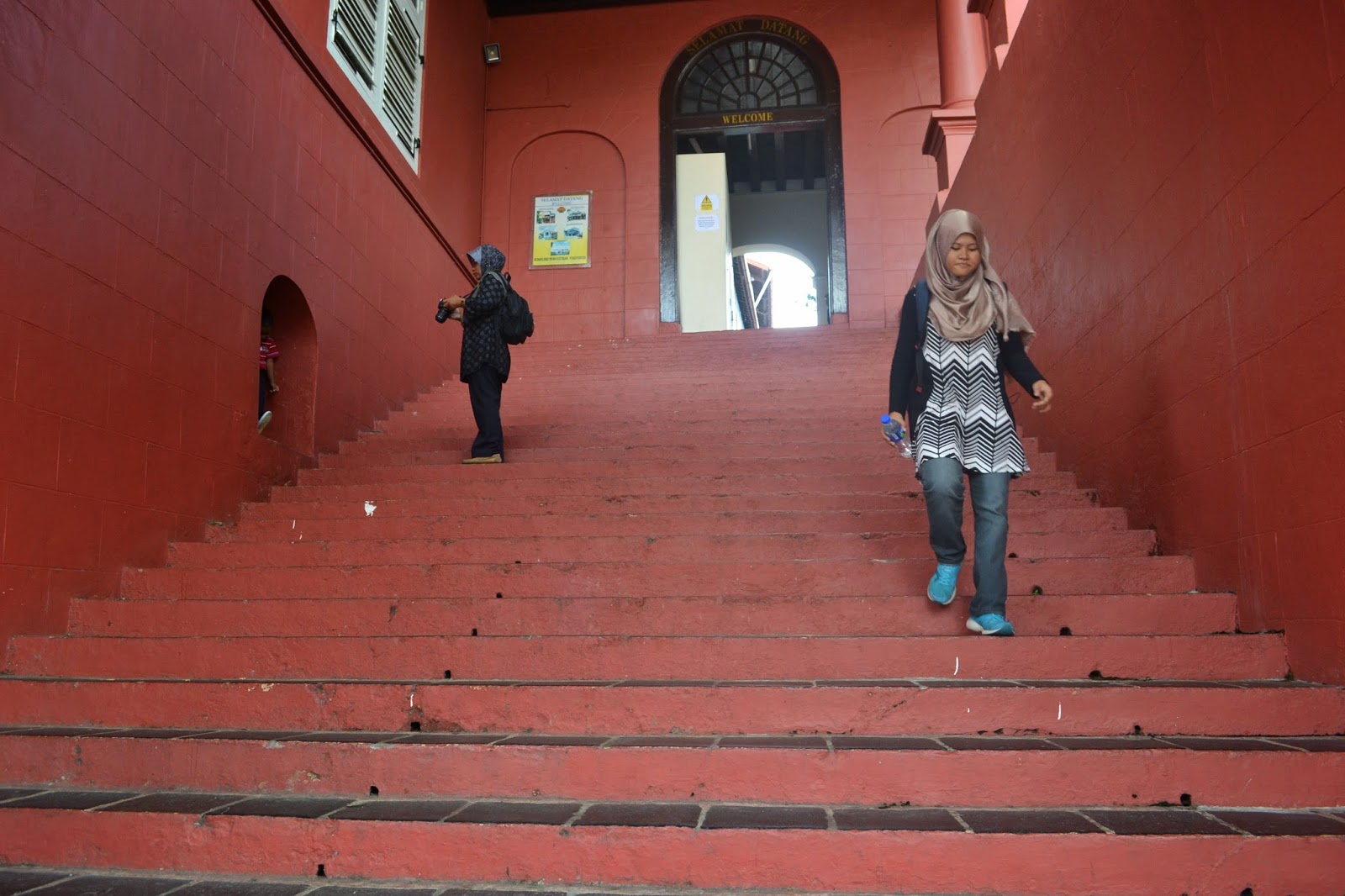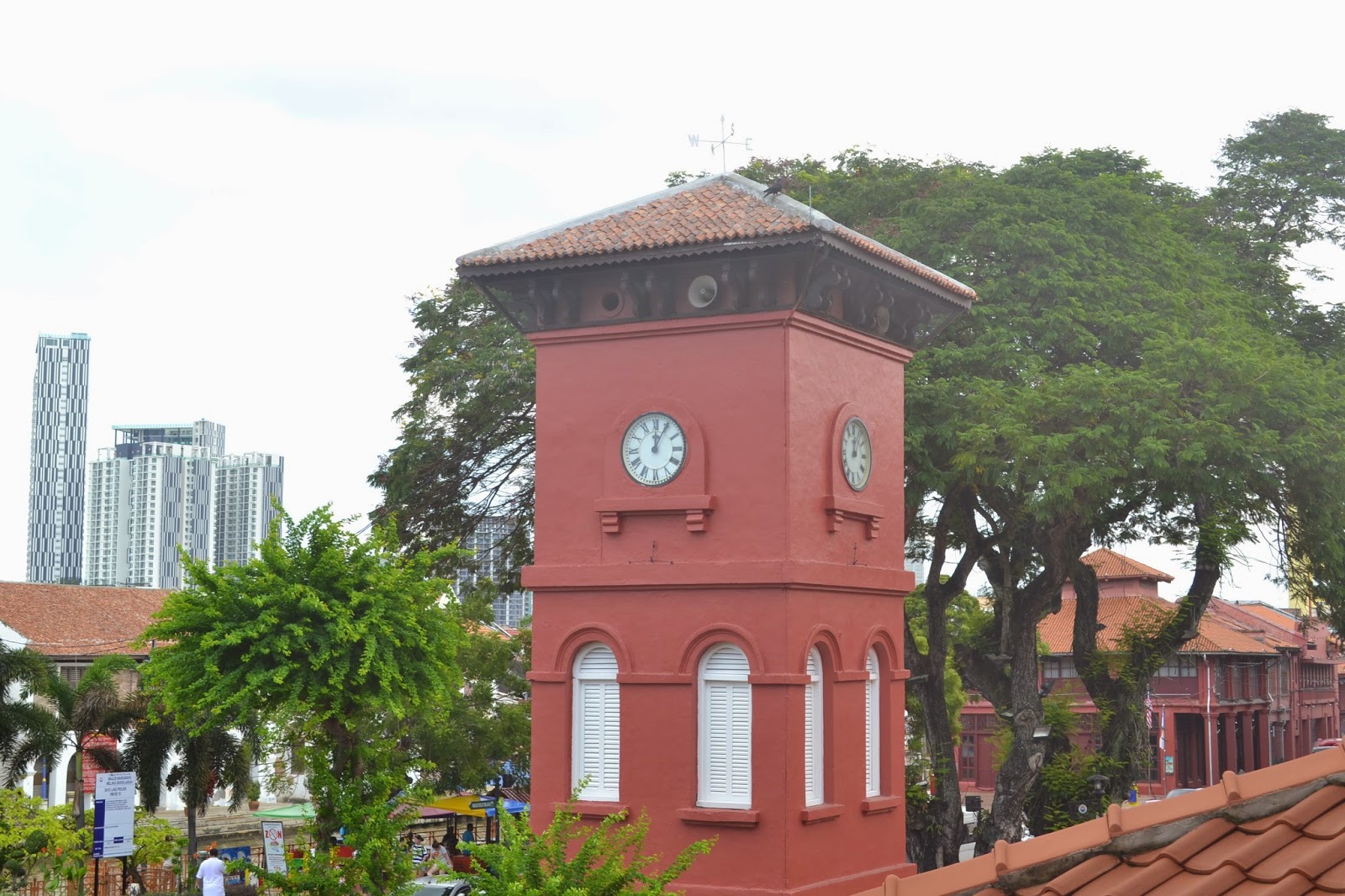Masuk ke minggu ke 9 dah..alhamdulillah...minggu ni...kami belajar dgn dr j. sebelum dr memulakan kelas dr kata dia nak dengar presentation dulu...ok group kami yang present minggu nie...
Basic Image Editing....
presenter Kak Zaharah
Free Photo Editing Software
Free Photo Effects
Download Photoscape
Photo Collage Software
Free Picture Editing
Download Photo Editor
Best Photo Editor
Picture Editors
Free Video Editor
Image Editor
Focus on Photoshop
What can you do with photoshop
Listed below are some of the most used capabilities of the better graphic manipulation programs. The list is by no means all inclusive. There are a myriad of choices associated with the application of most of these features.
Image editor feature
Sharpening and softening images
Slicing of images
Change color depth
Contrast change and brightening
Color adjustments
Stamp Clone Tool
Photoshop
Adobe Photoshop is a raster graphics, editor developed and published by
Adobe Systems for Windows and OS X
It can edit and compose raster images in multiple layers and supports masks, alpha compositing and several colour models including RGB, CMYK, Lab colour space (with capital L), spot colour and duotone.
Photoshop has vast support for graphic file formats but also uses its own PSD and PSB file formats which support all the aforementioned features
Programs developed and distributed independently of Photoshop that can run inside it and offer new or enhanced features.
So what exactly can you do with Photoshop?
Well, like any image-editing program, you can use Photoshop to "alter" images like photos, downloaded icons, or scanned artwork
EXAMPLE OF EFFECT WITH PHOTOSHOP
Image selection and editing
Image Size
Compressed Image
Slightly compressed spider image
Over compressed spider image
Resolution
Image resolution is the detail an image holds. The term applies to raster digital image s, film images, and other types of images..
Image resolution can be measured in various ways. Basically, resolution quantifies how close lines can be to each other and still be visibly resolved
Resolution Illustration
Pixel resolution
Resolution is the capability of the sensor to observe or measure the smallest object clearly with distinct boundaries.
There is a difference between the resolution and a pixel.
A pixel is actually a unit of the digital image.
Resolution depends upon the size of the pixel. With a given lens setting the smaller the size of the pixel, the higher the resolution will be and the clearer the object in the image will be.
Images having smaller pixel sizes might consist of more pixels. The number of pixels correlates to the amount of information within the image.
ok lah....cukup setakat ini......














































